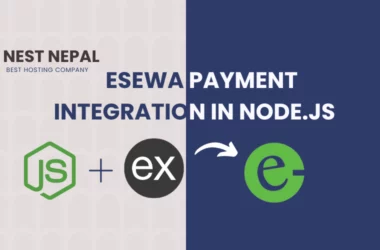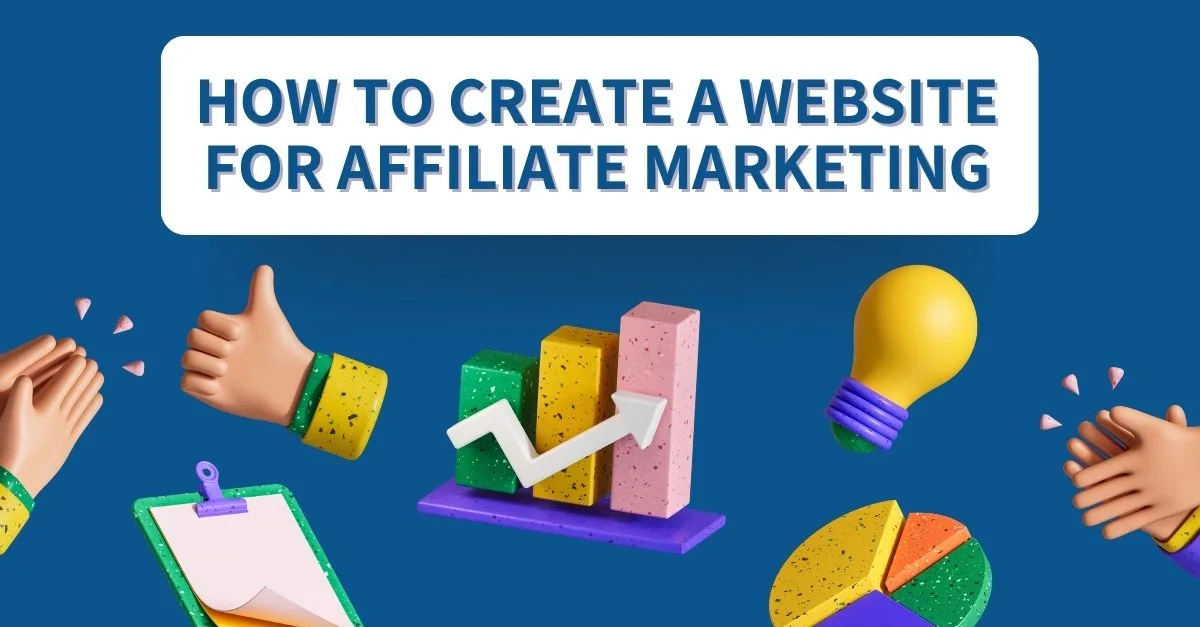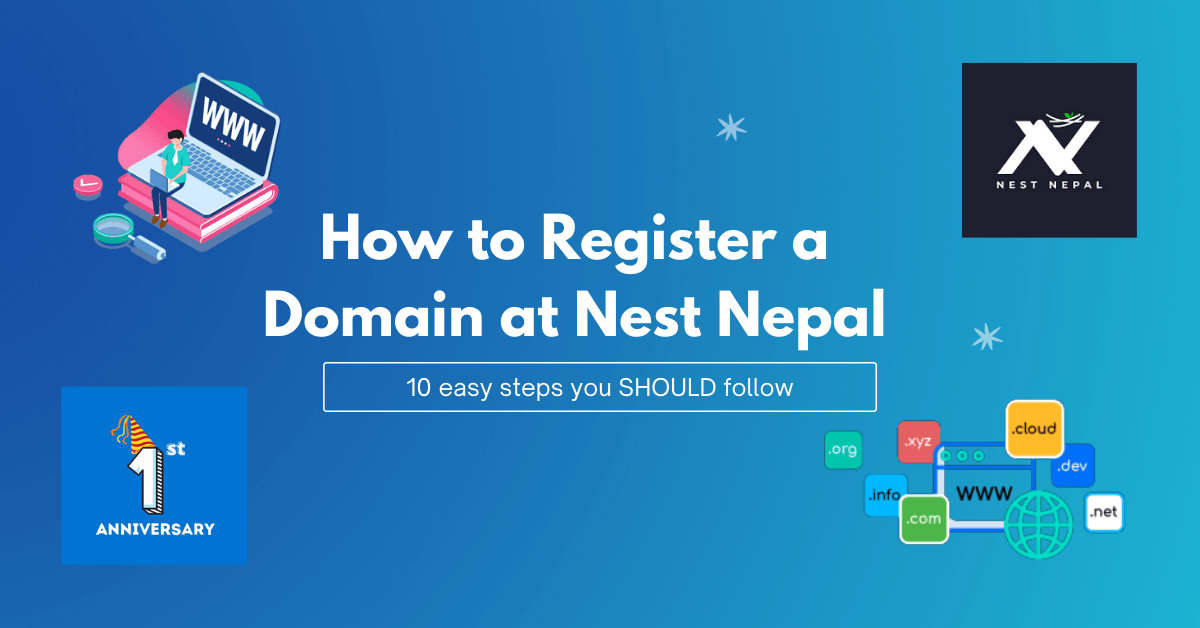Affiliate Marketing is a multi-platform industry. You can carry out the affiliate business on social media, streaming platforms, forums, podcasts, and of course, our topic for the day, websites.
According to the latest stats, there are more than 600 million blogs on the internet, while around 7.5 million blogs are published daily. This gives us an idea of how competitive affiliate marketing can be on a website.
This makes it necessary to follow the best practices while creating a website to get your affiliate business running in no time.
What is Affiliate Marketing?

Affiliate marketing is a partnership in which an affiliate (marketer) is paid to promote products and services for an online retailer.
The marketer gets a commission on every sale, lead, and click they bring on their partner’s website, depending on the terms of the deal.
Businesses can increase their profitability and brand visibility and Marketers can grow their passive income with affiliate marketing without making large investments.
What are the benefits of Affiliate Marketing?
Affiliate marketing comes with a lot of benefits, some of which are mentioned below:
- Low start-up and running costs and high Return on Investment
- No need for you to build a service or a product
- You don’t need to worry about shipping the product
- You don’t need to handle customer support
- You don’t require a team, office, or any other overhead
What is the best way to create a website for Affiliate Marketing?
The process is broken down into some easy steps for anyone who wants to discover how to create a killer affiliate marketing website.
- Select a niche: You might invest many hours trying to find the ideal niche, or you can start with the one that interests you. Finding a niche might take a lot of work. There are so many possibilities that you should be certain about before going ahead with a single niche. It is important to ask questions about your passion, customer demand, content production capability, competition, the existence of affiliate programs, etc.
- Find an Affiliate Program: Products and services related to affiliate marketing can be obtained directly from the vendor, through the retailer, or from a larger network with numerous affiliate programs. Although some businesses administer their affiliate programmes, it’s more typical for them to use an affiliate network. Additionally, you can browse within an affiliate network to identify things to market. A merchant and an affiliate are connected through an affiliate network. You simply sign up, select the products you wish to market, and create as many unique affiliate links as you need. You get paid when someone uses your link to make a purchase.
- Find the Right Product: Even though getting carried away and promoting too many goods on one website is simple, it’s best to keep your website’s focus narrow. It’s easier and enables you to position yourself as an authority. The greatest areas to search for new products are affiliate marketplaces. Find the best affiliate programs in your niche by doing some research. Study articles and blog posts in your niche as well. Discover the items they are advertising and the methods they are using.
- Structure of Commission: At this point, you’re probably wondering how you’ll get paid. How a business or affiliate program compensates you for your efforts in generating traffic and sales will determine how much you will be paid in affiliate marketing. You can typically anticipate a share of the profits, which entails receiving a portion of the sales you contribute to. You must track all affiliate leads to ensure that all parties know any sales and commissions due. Real-time, automated lead tracking is made possible through tracking links. The two most popular tracking links are post-back URLs and cookie tracking.
- Choose A Domain Name: Your website’s domain is its name, and to draw visitors, it should be brief, memorable, and pertinent. A top-level domain, which includes extensions like .com, .org, .info, and others, makes up this structure. Website builders frequently offer free domains; however, they are frequently lengthy and complex. For instance, if you make a website on Wix, its address will be username.wixsite.com/siteaddress. Along with website builders, other services are available, including domain registrars like Google Domains, GoDaddy, BigRock, and more.
- Select a Website Builder: You do not need technical website development knowledge to create a website in 2022. To build an affiliate website, you can use WordPress, Wix, Squarespace, or any other comparable platforms. These systems provide free and premium plans, which may differ based on server storage, speed, loading time etc. When choosing a platform, look for characteristics that are most significant to you.
- Select a Theme: You can choose from millions of themes for your website builder. Themes and plugins vary depending on the industry and type of website. Different website types include e-commerce, personal blogs, news outlets etc. In addition to a theme, plugins can assist you in optimizing your website.
- Upload Content: You can start uploading material once you have set up your website. You can find specialized resources from platforms like Amazines and Article Sphere (written content), Pexels and Pixabay (images), Pexels Video and Stock Footage 4 Free (videos), and many others. However, if you have what it takes to create your content, you should create original content, as it is the most valued type of content on Google. You’ll need tools like plagiarism and grammatical checkers to automate the procedure. The best kind of content includes:
- How-to Articles: Everyone uses the internet to conduct searches. Google is your best resource for learning about any subject worldwide. This makes how-to articles or guides some of the best content you can have on your website. You can write an in-depth guide on any subject that interests you. To make the most of your website’s potential, conducting online research will provide you with many topic ideas.
- Product Reviews: People frequently research goods and services online before purchasing. They want to compare it to other products of a similar nature and learn about its features, cost, and compatibility. If you enjoy reading and keeping up with the newest industry trends, product reviews are a terrific method to improve the number of people that visit your website. You can begin in any industry, such as footwear, technology, apparel, home furnishings, etc.
- Best-Of Content: Many people look for lists of top choices related to a topic or an industry. For example, this could be the top 10 movies, the top 10 upcoming fashion trends, the top 10 songs of the year, or the top 10 affiliate marketing websites. Best-of content gives readers a quick glimpse of options in a particular area. You don’t need to delve too deep into the topic; do a little research. This content is also highly shareable and will bring a lot of organic reach to your website.
- Use Social Media: To reach a wider audience and promote yourself and your website/blog, you need to be active on social media. The best platforms to promote your product as an affiliate are Facebook, Twitter, Instagram and LinkedIn. Find groups related to your product’s target market. These types of stakeholders are a very effective way to expand your product’s organic audience reach.
- Optimize for SEO: To get the most out of your affiliate site, you need to optimize your affiliate site for search engines. The main steps include using keywords (titles, headings, body text, anchors, meta descriptions, tags), adding keyword-rich image descriptions, linking to relevant resources on the site, adding links to authoritative domains in your niche, and adding social media share buttons. Many platforms, such as SEMRush, Ubersuggest and SEOMoz, offer comprehensive solutions for your SEO strategy.
- Use Backlinks: A backlink is like a vote of confidence from another website. The more you own, the more likely you rank high in Google search results. On the other hand, spammy backlinks from low-quality websites can negatively impact website advertising.
- Set Up Analytics: Set up several tools to track affiliate marketing campaigns and make timely decisions. You can monitor traffic volume and sources, conversion rates, and popular and undervalued areas of your blog. Google Analytics is the tool of choice as it provides a comprehensive analysis of your website for free. Aside from overall site performance, you should also pay attention to affiliate links. By tracking them, you can see which items have the highest conversion rates and better understand the ins and outs of your campaigns.
Conclusion
A website is an important tool for every affiliate marketer. It has a huge potential for your business. At the same time, it acts as a hub for all your content and social media handles. Now that you have all the knowledge on creating a website for your affiliate marketing business, you can start preparing your blog. Good luck!








